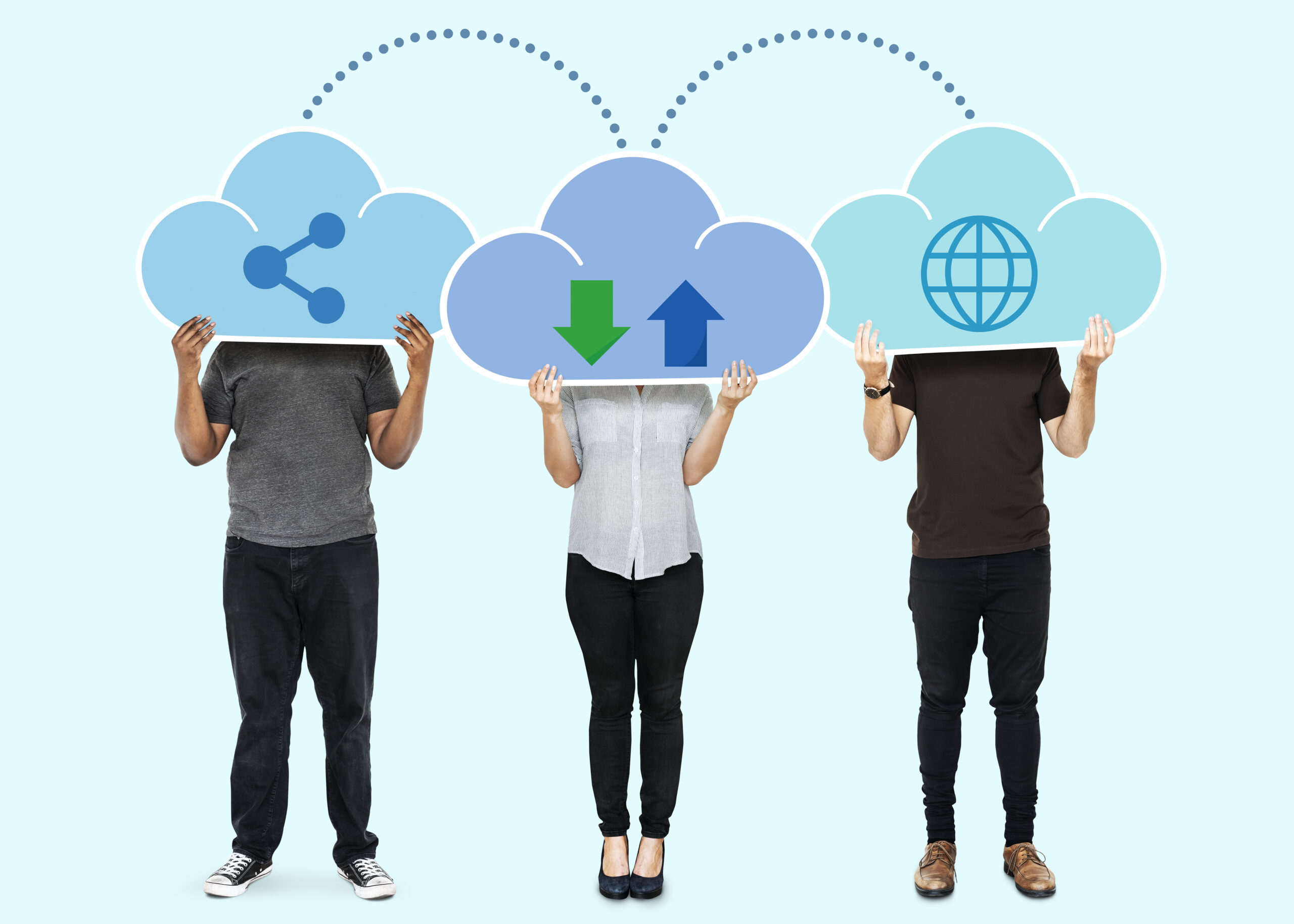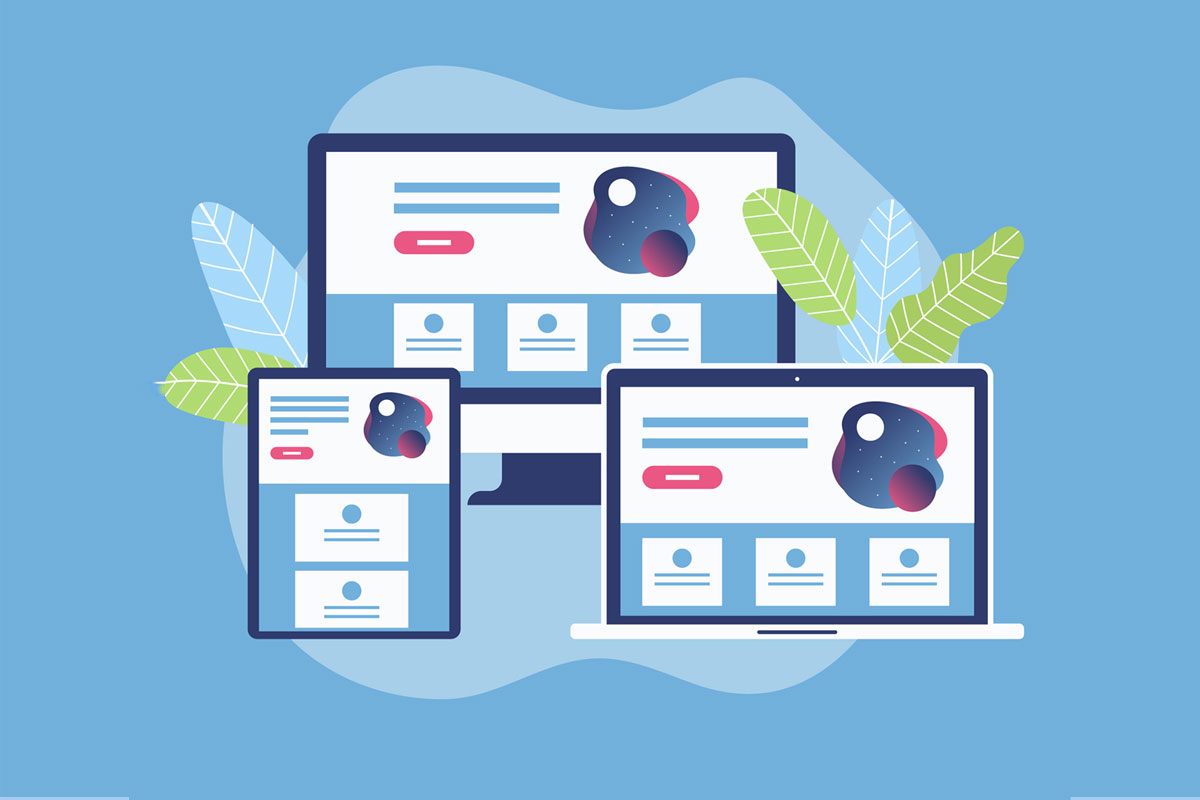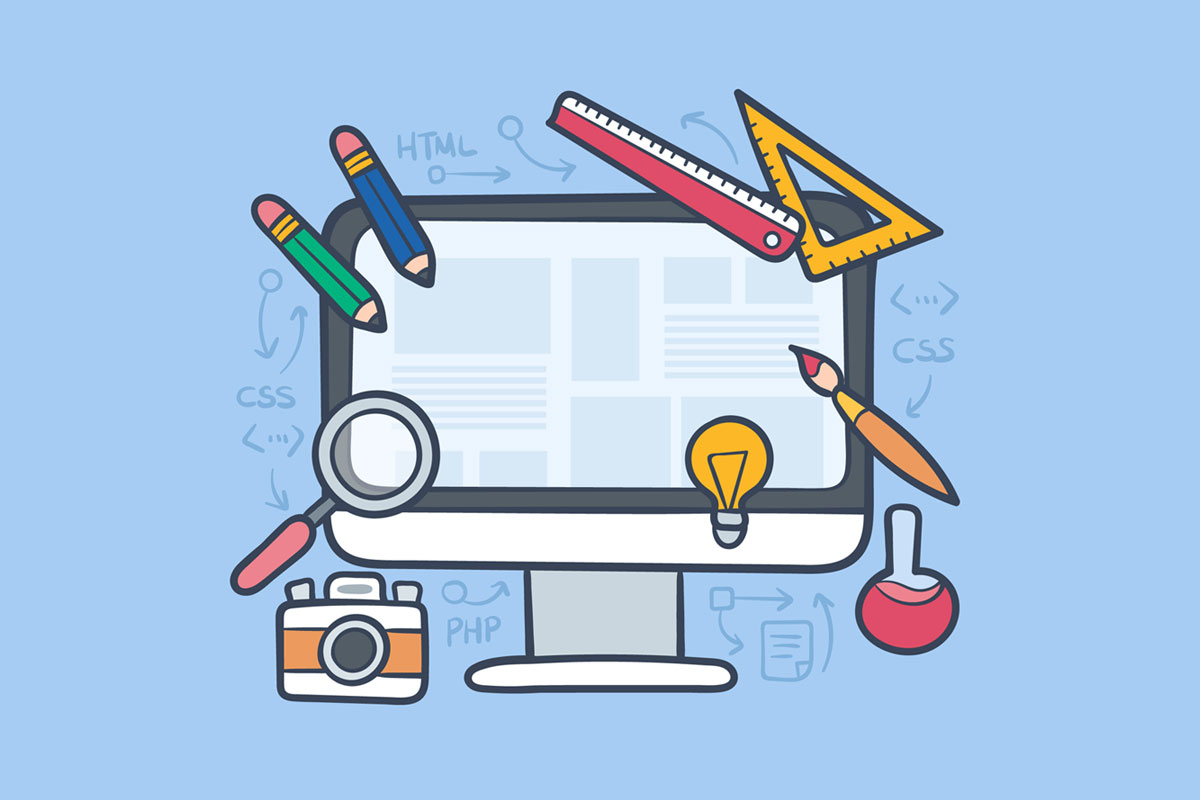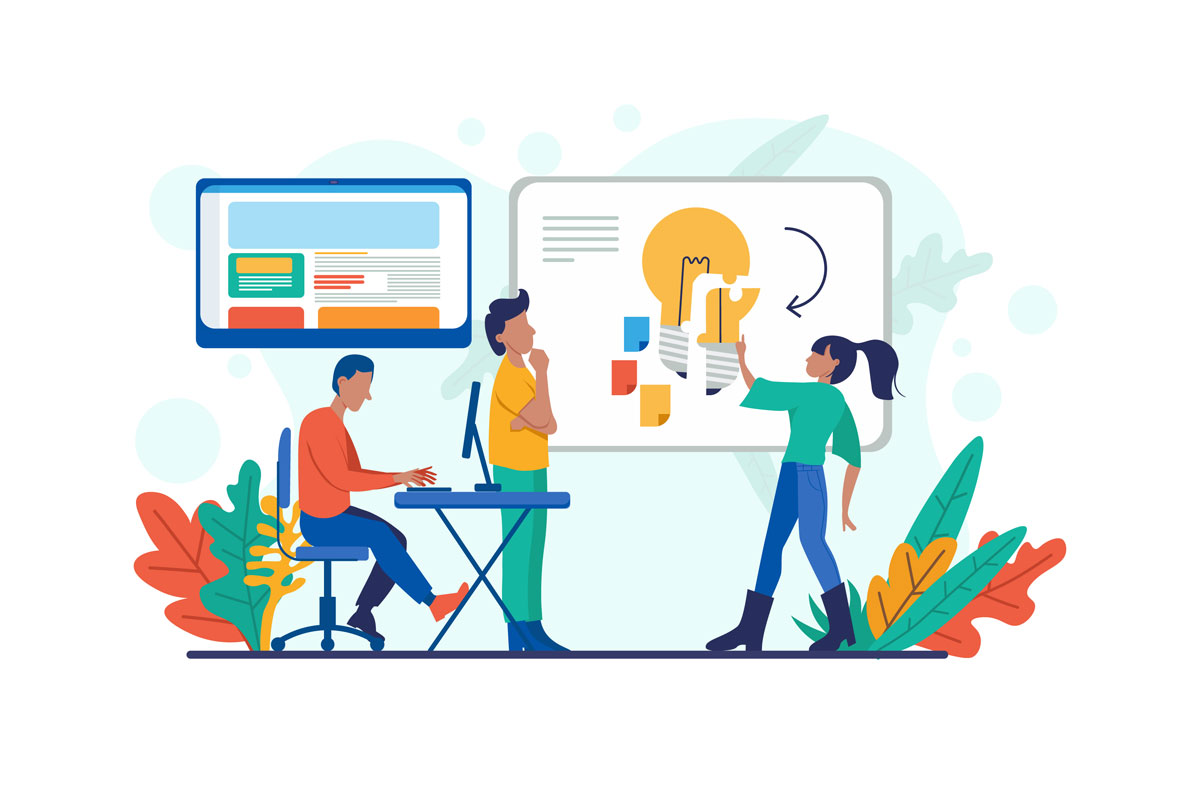Website design is evolving faster than ever. Businesses that fail to adapt to modern trends risk losing users and conversions. In 2025, successful website design focuses on user experience, mobile-first layouts, AI-driven personalization, and immersive visuals.
According to Statista, 54% of global website traffic in 2024 came from mobile devices, emphasizing the need for responsive, mobile-first designs. Similarly, HubSpot reports that personalized web experiences increase conversions by up to 20%.
As a leading web design company in Thane, S2H Digital leverages these insights to help businesses improve visibility, engagement, and conversions. Below, we explore the top 10 website design trends in 2025, along with real-world case studies, FAQs, and a handy comparison table.
Table: Top 10 Website Design Trends in 2025
Trend | Description | Business Impact | Example |
AI-Powered Personalization | Dynamic content based on user behavior | +20% conversion | Amazon product recommendations |
Minimalist Design | Clean layouts, whitespace, simple typography | Better UX, faster loading | Apple.com |
Dark Mode | Low-light display for comfort and aesthetics | Reduced eye strain, modern look | Twitter, GitHub |
Micro-Animations | Hover effects, scrolling animations | Engages users, increases session time | Stripe.com |
Voice User Interface | Voice-enabled navigation | Improves accessibility | Domino’s voice ordering |
3D & Immersive Graphics | AR/VR product demos and storytelling | Increases engagement | IKEA Place |
Mobile-First & Responsive Design | Optimized for all devices | 54% global mobile traffic | Flipkart.com |
Inclusive & Accessible Design | ARIA labels, alt texts, color contrast | Expands audience | BBC Accessibility site |
Bold Typography | Oversized headings and creative fonts | Strong brand identity | Spotify.com |
Sustainable Web Design | Optimized energy-efficient websites | Faster loading, eco-friendly | Ecosia.org |
1.AI-Powered Website Personalization
AI is no longer a trend, it’s a necessity. By analyzing user behavior, AI customizes landing pages, product recommendations, and CTAs.
Case Study:
Netflix uses AI-driven recommendations to personalize viewing experiences. According to Statista, 75% of content watched on Netflix comes from algorithm-based recommendations, demonstrating how AI increases engagement.
Impact: Personalized experiences lead to higher session duration and conversion rates. Businesses offering SEO services in Thane can similarly leverage AI to deliver relevant content to users.
2.Minimalist and Clean Design
Minimalism enhances user experience by removing clutter and highlighting essential elements.
Data Insight: Websites with clean designs load up to 30% faster, improving Google PageSpeed scores and reducing bounce rates.
Case Study:
Apple.com uses minimalist design to showcase products effectively, improving conversion rates and brand perception.
3.Dark Mode Design
Dark mode reduces eye strain and saves battery life. A survey by Android Authority found that 81% of users prefer apps or websites with dark mode for nighttime usage.
Example: GitHub’s dark mode option improves user comfort during long coding sessions, increasing user retention.
4.Micro-Animations and Interactive Elements
Micro-animations create engaging interfaces, guiding users intuitively through the website.
Case Study:
Stripe.com uses subtle hover animations and micro-interactions to make financial software approachable, improving form completion rates by 15%.
5.Voice User Interface (VUI) Integration
Voice interfaces are growing due to smart assistants. Voice search now accounts for 27% of global online queries (according to Google).
Implementation Tip: Include VUI-enabled search bars or navigation to improve accessibility and engagement.
6. 3D Graphics and Immersive Experiences
Brands are using AR/VR and 3D graphics to showcase products virtually.
Case Study:
IKEA Place allows customers to visualize furniture in their homes via AR, resulting in higher purchase confidence and fewer returns.
7. Mobile-First and Responsive Design
Mobile-first design is critical as 54% of global web traffic comes from mobile devices (Statista, 2024).
Best Practices:
- Prioritize mobile UX
- Optimize navigation and buttons for touch
- Compress images for faster loading
8. Inclusive and Accessible Web Design
Accessibility isn’t optional; it’s a standard. Proper use of ARIA labels, alt texts, and color contrast ensures websites cater to all users.
Case Study:
BBC’s accessibility site ensures compliance with WCAG standards, expanding its audience and improving engagement metrics.
9. Bold Typography and Experimental Fonts
Bold typography conveys brand identity and highlights key messages.
Example:
Spotify uses oversized, creative fonts for campaigns to stand out visually and attract attention on landing pages and banners.
10. Sustainable and Eco-Friendly Web Design
Sustainable design reduces server energy usage and improves page speed.
Case Study:
Ecosia.org emphasizes eco-friendly web practices and fast loading times, enhancing user trust and brand reputation.
Conclusion
Adopting the top 10 website design trends in 2025 is essential for businesses aiming to remain competitive. From AI-powered personalization and immersive 3D experiences to mobile-first and accessible design, these trends enhance user engagement, boost conversions, and improve SEO performance.
Partnering with a web design company in Thane like S2H Digital ensures your business incorporates these trends effectively, improving visibility, user experience, and online growth.
Start implementing these trends today and watch your website evolve into a 2025-ready digital powerhouse!
FAQs: Top Website Design Trends in 2025
Q1. Why is AI personalization important in web design?
AI personalizes content and product recommendations, improving user engagement and increasing conversions.
Q2. How does mobile-first design improve SEO?
Google prioritizes mobile-friendly websites, increasing search rankings and organic traffic.
Q3. What are micro-animations, and why are they used?
Micro-animations are small, subtle animations that guide users and improve interaction, keeping users engaged.
Q4. Can accessibility affect website rankings?
Yes, accessible websites improve UX and are favored in search engine algorithms, boosting SEO performance.








